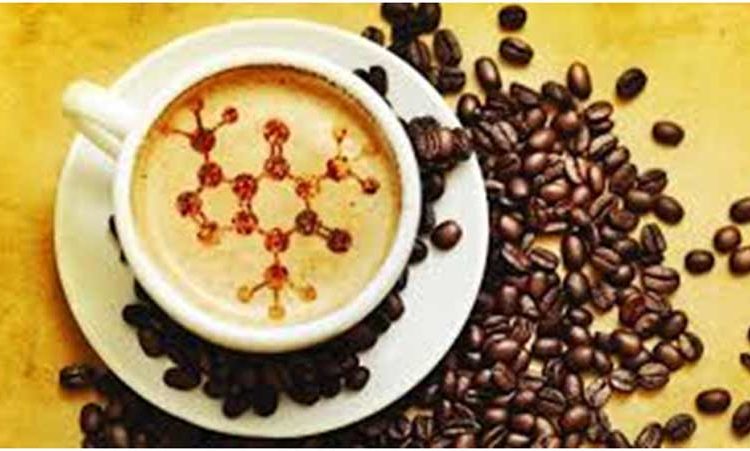Enantiomeric Excess (ee)
When there is a chiral center in a molecule, there is a possibility of the enantiomeric mixture, which contains both dextro and levorotatory isomers but if these isomers in equal amount in a mixture that is named as a racemic mixture which contains 50-50% of both enantiomers. This mixture remains optically inactive because 50% molecules rotate light in right direction and other 50% molecules rotate light in the left direction with the same magnitude so overall there is no rotation of plane polarized light passed through the racemic mixture. If there is any imbalance in 50-50% ratio of enantiomers, that is called Enantiomeric excess. For example, if one enantiomer (dextro) is in 60% and the other enantiomer (levo) is in 40% in a mixture, then we say that there is an excess of dextro enantiomer in the mixture that is named as Enantiomeric excess. In this example, 40% of levo enantiomer will neutralize the 40% of dextro enantiomer for rotation of light but remaining 20% of the dextro enantiomer is in excess and will show overall dextro rotation of light (optically active) for this mixture.
The formula for calculation of Enantiomeric excess (ee):





